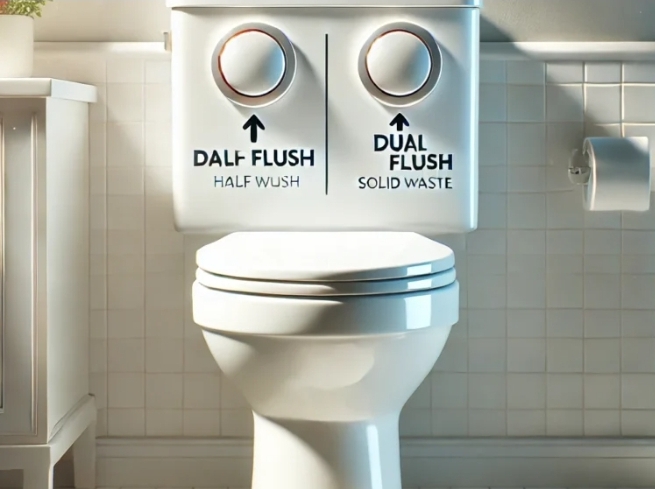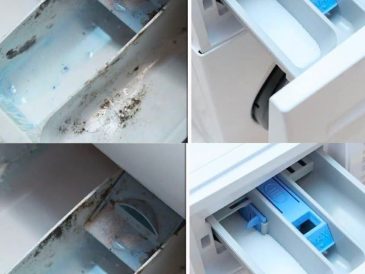The Secret Behind the Double-Button Toilet
At first glance, the two buttons on a modern toilet look like a simple upgrade from older models—a sleek design or just an alternative way to flush, right? Well, it turns out these two buttons have a very important, environmentally conscious purpose that many people still don’t fully understand.
Let’s dive into what the two buttons actually do, why it matters, and how using them correctly can save water, money, and the environment 🌎🚽.
🔵 What Are the Two Buttons For?
The two buttons control different amounts of water used during a flush:
- Small Button (Half Flush):
- Designed for liquid waste (pee, small paper use).
- Uses about 3 to 4 liters (0.8 to 1 gallon) of water.
- Large Button (Full Flush):
- Intended for solid waste (poop, more toilet paper).
- Uses about 6 to 9 liters (1.6 to 2.4 gallons) of water.
👉 In short: Small button = small flush. Large button = large flush.
Why the Dual Flush System Was Created
The double-button mechanism was invented as a water-saving innovation. Toilets are one of the largest water consumers in a household. Traditional toilets (especially older ones) can use up to 13 liters (3.5 gallons) per flush!
By allowing you to choose the amount of water needed based on the type of waste, dual-flush toilets cut water usage by up to 67% compared to single-flush models. That’s a massive difference for the planet—and your water bill 💧💰!
🧠 Common Misconceptions About the Two Buttons
- “Both buttons just do the same thing.”
➔ False! Each button triggers a different valve for different water quantities. - “It’s just about flush strength, not water usage.”
➔ Incorrect. It’s primarily designed to save water, not necessarily to adjust the power of the flush. - “You have to press both buttons for a better flush.”
➔ No! Only press the one you need—using both wastes water unnecessarily.
Real-World Impact: Why Every Flush Matters
Imagine this:
- A family of 4 uses the toilet 5 times per person per day.
- Switching correctly between half and full flushes could save up to 20,000 liters (5,283 gallons) per year.
- Multiply that by millions of homes? Massive water conservation worldwide! 🌎🌿
Plus, using less water means less energy is needed to treat and transport it—further reducing environmental impact.
✅ How to Use the Buttons Correctly
- For liquid waste (pee): Always use the small button.
- For solid waste (poop): Press the large button.
- Teach family members—especially kids—the difference!
- Maintain your toilet mechanism to ensure both buttons work properly and no water leaks occur.
🛠️ What If the Buttons Don’t Work Properly?
If the two buttons seem to flush the same amount of water:
- Your toilet’s internal valve might be malfunctioning.
- You might need to adjust the flush mechanism or replace the valve.
A properly working dual flush system is essential to maximize water savings.
Why It Matters More Than Ever
With growing global concerns about water scarcity and climate change, small everyday actions make a big difference. Using your toilet buttons correctly:
- Conserves clean drinking water 💧
- Reduces your environmental footprint 🌎
- Lowers household expenses 💸
It’s such a simple habit, but it sends a powerful message: You care about the planet and the future.
🌟 Conclusion: Two Buttons, One Big Difference
Those two buttons on your toilet aren’t just there for looks or convenience—they’re smart technology designed to help you flush smarter, save water, and protect the environment. 🚽💧
Next time you head to the bathroom, remember: choose the right button—and help make a real impact with every flush!





